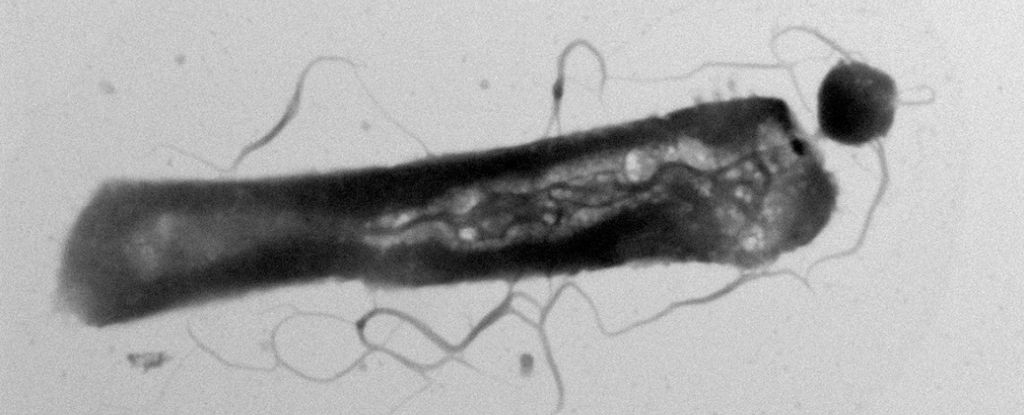Foods, Vol. 13, Pages 1158: Improving Soluble Phenolic Profile and Antioxidant Activity of Grape Pomace Seeds through Fungal Solid-State Fermentation
Foods doi: 10.3390/foods13081158
Authors: Yuzhu Zhao Doudou Liu Jiaxuan Zhang Jiaxin Shen Jiamin Cao Huawei Gu Mengqing Cui Ling He Gong Chen Shuwen Liu Kan Shi
Grape pomace seeds contain abundant phenolic compounds, which are also present in both soluble and insoluble forms, similar to many other plant matrices. To further increase the extractable soluble phenolics and their antioxidant activities, grape pomace seeds were fermented with different fungi. Results showed that solid-state fermentation (SSF) with Aspergillus niger, Monascus anka, and Eurotium cristatum at 28 °C and 65% humidity had a significantly positive impact on the release of soluble phenolics in grape pomace seeds. Specifically, SSF with M. anka increased the soluble phenolic contents by 6.42 times (calculated as total phenolic content) and 6.68 times (calculated as total flavonoid content), leading to an overall improvement of antioxidant activities, including DPPH (increased by 2.14 times) and ABTS (increased by 3.64 times) radical scavenging activity. Furthermore, substantial changes were observed in the composition and content of individual phenolic compounds in the soluble fraction, with significantly heightened levels of specific phenolics such as chlorogenic acid, syringic acid, ferulic acid, epicatechin gallate, and resveratrol. Notably, during M. anka SSF, positive correlations were identified between the soluble phenolic content and hydrolase activities. In particular, there is a strong positive correlation between glycosidase and soluble phenols (r = 0.900). The findings present an effective strategy for improving the soluble phenolic profiles and bioactivities of grape pomace seeds through fungal SSF, thereby facilitating the valorization of winemaking by-products.

 3 weeks ago
20
3 weeks ago
20


